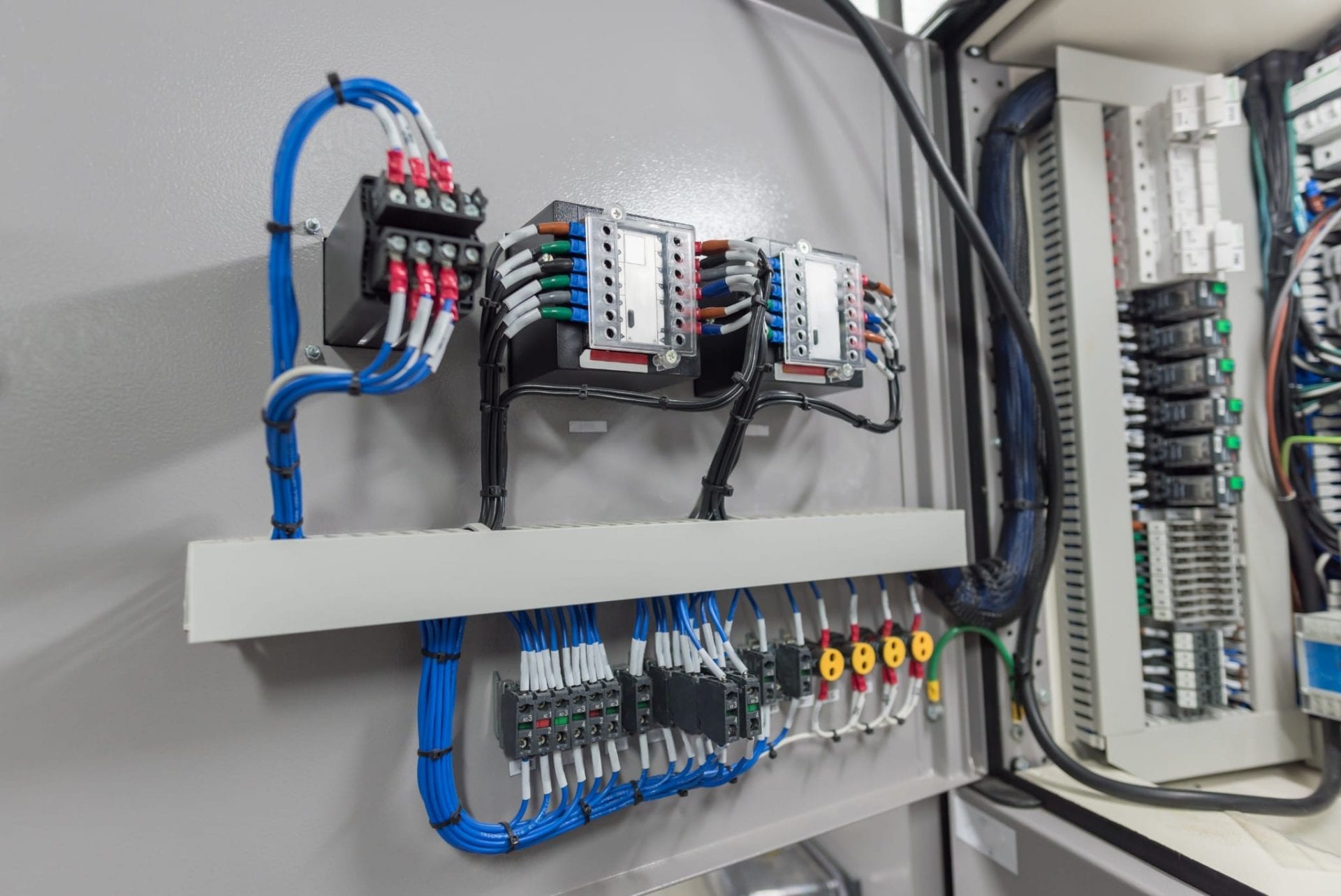A Step-by-Step Beginner's Guide to Electrical Wiring

The electrical wiring is an essential part of any home, and understanding it is essential for every homeowner. It is not just important in ensuring the proper running of your house, but it is also essential for your security. In this post, we’ll go over the fundamentals of electrical wiring and the importance of safety and the advantages of employing an authorized residential electrician for all your electrical wiring requirements.
Understanding the fundamentals of electrical wiring
Electrical wiring is the network of electrical conductors that runs through your house, delivering electricity to your appliances as well as lighting fixtures. It functions by creating electrical circuits that connect the electrical power source to your devices. Electrical circuits consist of switches, wires, and other electrical components that function to create a safe and efficient electrical system. There are different types of electrical wiring, such as aluminum, copper, and types of wire insulation such as PVC paper, rubber, or.
Preparation and Planning for Electrical Wiring
Before you install an electrical wire, you must consider many factors to consider, including the kind of wiring you need, the capacity that your electric system can handle and the power requirements you require. It is also important to be aware of electrical wiring regulations and permits required in your area. To prepare your electrical wiring system, create an electrical plan and assess your electrical needs. This will make sure that the electrical wiring is secure efficient, reliable, and meets your power needs.
Materials and Tools Required for electrical wiring
When installing new electrical wiring, it is crucial to have the appropriate tools and materials available. Tools that are essential include strippers, wire cutters, pliers, as well as an electrical voltage tester. Other items required to conduct electrical wiring comprise electrical tapes, wire nuts, conduit, along with electrical boxes. It’s also beneficial to have a wiring diagram that will help you with the process of installing.
Step-by-Step Instructions for Installation of Electrical Wiring
Installation of electrical wiring can be an intimidating process However, with the proper tools and knowledge, it can be done quickly and safely. Here’s a step-by step guide for installing new electrical wiring at home:
Switch off the power in the location where you’ll be working.
Create a wiring plan and mark the location where the wiring will be installed.
Install electrical boxes and conduit where necessary.
Cut and strip wires to the appropriate length.
Make sure you connect the cables to your fixtures or devices you’re wiring.
Make sure the wires are secured using wire nuts, electrical tape, and conduit straps.
Test the wiring to ensure that it’s working properly.
When installing the wiring It is crucial to adhere to wiring installation best techniques and guidelines. Also, be aware of the common mistakes to avoid when installing electrical wiring, like overloading circuits, using wires that are damaged or using the wrong kind of wire.
Troubleshooting Electrical Wiring Problems
Even with careful planning in the installation and design, wiring issues may develop. Common issues include wiring problems, overloads in circuits, and electrical shorts. To resolve these issues, it is important to know about typical electrical wiring problems and understand how to effectively and safely tackle the issue. In addition, it is essential to follow electrical safety procedures in the event of a problem with electrical wiring, such as turning off the power and wearing safety equipment.
Conclusion
In conclusion, understanding how your electrical wiring is wired in your home is vital to your safety as well as the effective functioning of your electrical system. It is important to hire an accredited electrician to ensure that your wiring is maintained and installed in a proper manner. We at Local Electrician Silverwater, we provide a range of electrical services, which include electrical wiring repair and installation. Reach out to Local Electrician Silverwater at 1300 610 481 to discuss all your electrical wiring requirements.
Electrical Wiring FAQ
Here are some frequently asked questions about electrical wiring, along with extra safety advice and best practices for electrical wiring repair and installation:
What kind of wire should I choose for my electrical wiring?
The type of wire you should use for your electrical wiring will depend on the specific requirements of your home and the local building codes. It is essential to choose the appropriate gauge of wire as well as the appropriate insulation type and wire materials to ensure the security and effectiveness that your electric system is running at its best.
Do I have the ability to put in an electrical wire of my own?
While it is feasible to build your own electrical wiring, it’s essential to have the proper expertise and experience to install it effectively and safely. In the majority of instances it is advised to hire a licensed electrician to ensure that your wiring is properly installed and maintained correctly.
How often should I have my electrical wiring inspected?
It is recommended to examine your electrical wiring at least every 10 years, or when you notice indications of electrical issues, such as frequent circuit breaker trips or electric shocks.
What should I do if I discover electrical wiring issues in my house?
If you observe any electrical wiring issues in your home, such as flickering lights or outlets that don’t work, it is important to fix them right away. Turn off the power to the area affected and then contact an authorized electrician to assess and repair the issue.
By following these suggestions and the best methods, you can be sure the electrical wires are secure and functioning correctly. Be sure to put safety first and consult with a licensed electrician whenever you need to. Contact Local Electrician Silverwater at 1300 610 481 for all electrical wiring issues.
